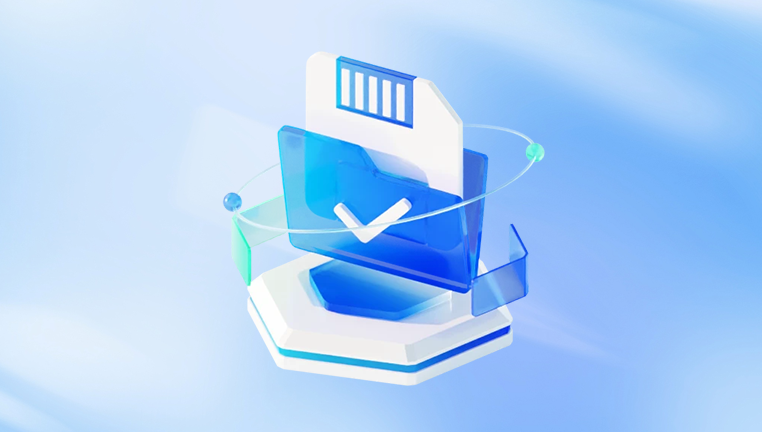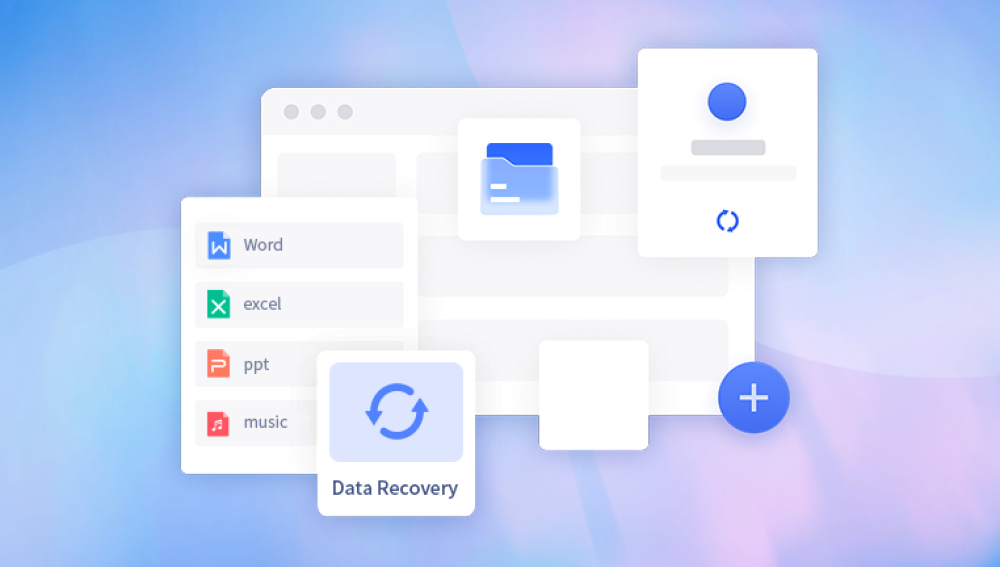A laptop holds a vast trove of personal and professional data photos, videos, work documents, emails, and software settings making it one of the most vital digital assets for individuals and businesses alike. When a laptop suddenly dies due to hardware failure, software corruption, water damage, or a power surge, panic often sets in. However, all hope is not lost. The good news is that files stored on a laptop's hard drive are often still recoverable, even if the laptop itself won't turn on or boot properly.
1. Diagnose the Cause of Failure
Before attempting recovery, determine what kind of failure you're dealing with:
Power-related issues: No lights, fan noise, or signs of power.
Screen/display issues: The laptop powers on but doesn’t display anything.
Boot errors: The laptop turns on but doesn’t load the OS.
Physical damage: Water damage, drops, cracked casing.
Understanding the type of failure helps determine whether the internal storage device is still accessible and what recovery steps are appropriate.

2. Remove the Hard Drive or SSD
The most straightforward method to retrieve data is to remove the storage drive and connect it to another working computer.
Steps:
Power off the dead laptop and disconnect all power sources.
Use a screwdriver to open the back panel or hard drive bay.
Carefully remove the hard drive or SSD.
Identify the drive type:
2.5" SATA HDD or SSD
M.2 SATA or NVMe SSD
Note: Some ultrabooks or newer laptops use soldered storage, which requires professional help.
3. Use a Hard Drive Enclosure or Adapter
Once removed, the drive can be connected to another computer using a compatible adapter.
SATA to USB Adapter: Works for 2.5" drives.
M.2 Enclosure: For M.2 SSDs (check if it's SATA or NVMe).
Docking Station: Useful if you regularly recover drives.
Procedure:
Insert the drive into the enclosure or connect it with an adapter.
Plug into a working computer via USB.
The drive should appear as an external storage device.
Open the drive, locate your files, and copy them to the host computer.
If the drive doesn’t show up, try using Disk Management (Windows) or Disk Utility (macOS) to check its status.
4. Recover Files Using Live Boot USB (If Drive Is Still Inside)
If you can’t or don’t want to remove the drive, use a live Linux USB to boot and access the internal drive.
Steps:
Create a bootable USB using software like Rufus or Etcher and a Linux ISO (Ubuntu is user-friendly).
Insert the USB into the dead laptop.
Boot from the USB (use BIOS/UEFI boot menu).
Once booted into Linux, navigate to the internal drive.
Copy files to an external drive.
This method bypasses Windows and lets you access files if the OS is corrupted but hardware is functional.
5. Use Data Recovery Software
When recovering data from a dead laptop, Drecov Data Recovery stands out as a reliable and user-friendly solution. Whether your hard drive has been removed and connected externally or is still inside a non-booting laptop accessed via a live USB, Drecov Data Recovery can help you retrieve lost, deleted, or inaccessible files with ease.
Key Features:
Deep and Quick Scan Modes: Quickly locate recently deleted files or perform an in-depth scan to recover data from damaged or formatted partitions.
File Preview: Before initiating recovery, users can preview files such as images, documents, and videos—ensuring they only restore what they need.
Wide File Type Support: Panda supports over 1.000 file types, including .docx, .jpg, .mp4. .xlsx, and more.
Multiple Device Compatibility: Recover files not only from hard drives but also SSDs, USB drives, memory cards, and even corrupted external storage.
How to Use Drecov Data Recovery:
Download and install the software on a working computer.
Connect your laptop’s hard drive via USB using an enclosure or adapter.
Launch Drecov Data Recovery and select the connected drive.
Choose between a quick or deep scan.
Browse the scan results, preview files, and select those you wish to recover.
Save the recovered files to a secure location (not on the damaged drive).
6. Use Cloud Backups or File History
Check whether the laptop had automatic backup solutions enabled:
Windows File History
OneDrive or Google Drive sync
Apple iCloud or Time Machine
You can log into the respective cloud services from another device to download previously backed-up files.
7. Professional Data Recovery Services
If the drive is physically damaged or encrypted (e.g., BitLocker), DIY methods may not work. Consider sending the drive to a certified data recovery lab.
What They Offer:
Chip-level recovery
Cleanroom environments
RAID or encrypted data handling
Cost: Ranges from $300 to $2000 depending on severity.
When to Consider:
Water/fire damage
Clicking noises
BIOS doesn't detect the drive
8. Additional Considerations
BitLocker Encryption: You will need the recovery key to access files.
Password-Protected Drives: May require login or password.
Corrupted File Systems: Software like chkdsk or fsck (Linux) can help repair.
Mac Users: Use Target Disk Mode (for older Macs) or remove the drive.
9. Preventative Measures for the Future
Regular Backups: Use cloud or external drives.
Avoid Overheating: Use cooling pads and maintain airflow.
Surge Protection: Use a UPS or surge protector.
Install Antivirus: Protect against file corruption from malware.
Enable Auto-Sync: With services like OneDrive or Dropbox.




